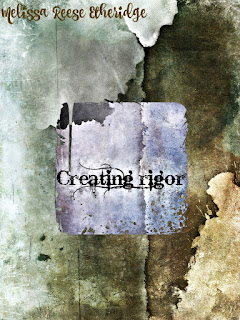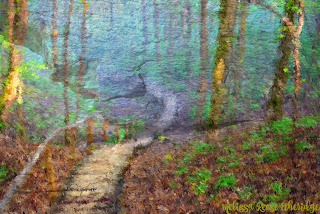Irish Christmas Traditions (Blogger 6)

Irish Christmas Traditions The biggest difference between Christmas traditions in Ireland and the United States is that Christmas in Ireland is all about culture and tradition. The legends and origins of Irish Christmas traditions are like a giant tapestry, pulling one thread naturally begins to unravel several others. There are many traditions in Ireland that are similar to those tradition in America. The Irish exchange gifts, and children visit with Santa Claus. Americans tend to go all out with their outdoor lights and decorations, but Irish homes are decorated more simply and humbly. Irish Christmas season begins December 8 and continues through the twelve days after Christmas. Irish Christmas traditions are older with many dating back to Celtic traditions. Candles in the Window Candles in the window are symbolic of welcoming wanderers to the Irish home. The tradition is symbolic of welcoming Mary and Joseph. The candle was also used as a signal for passing priests the...




